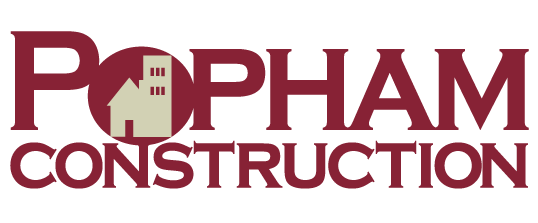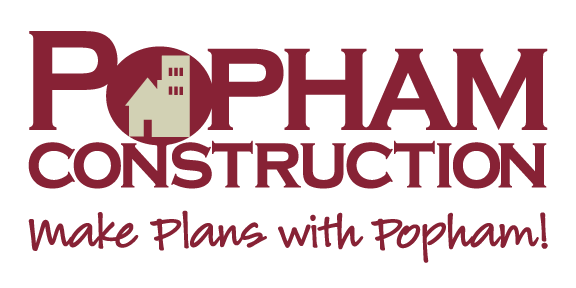ACRYLIC
Pros: Acrylic sinks are non-porous, meaning that liquids do not seep in, causing stains. Scratches can be sanded and buffed.
Cons: These types of sinks should not be cleaned abrasively though as the finish will be damaged. They are also not heat resistant.
CERAMIC/PORCELAIN/VITREOUS CHINA
Pros of each: Ceramic is opaque and is more porous than porcelain. Porcelain is translucent and is superior in resisting staining. Vitreous china is durable high-gloss enamel-glazed ceramic.
Cons: These sinks can stain and will chip if heavy objects are dropped onto its surface. They are also quite heavy.
CULTURED MARBLE
These lightweight, resin sinks and vanity tops are made of polymers mixed with marble dust.
Pros: They are waterproof, durable, and resistant to chipping.
Cons: They should not be cleaned abrasively as the finish will be damaged. They are also not heat resistant.
GLASS
Pros: Glass is durable. Drain cleaner, nail polish remover, and other tough staining agents typically won’t leave a mark.
Cons: To avoid cracking, be sure to purchase tempered glass. Glass is prone to water and soap spotting, which requires more cleaning.
METALLIC
Pros: Brass and Copper metals make gorgeous bathroom sinks. They are non-porous and will not stain.
Cons: Brass and Copper will oxidize with time and, therefore, change colors. These soft metals can easily scratch and dent.
SOLID SURFACE
Pros: These sinks can be paired with countertops made of the same material for a sleek, seamless look. Common types are cultured marble, Swanstone, and Corian.
Cons: Though solid-surface sinks scratch easily, the damage can be sanded and buffed away.
STAINLESS STEEL
Pros: Manufacturers typically charge more for thicker, 18-gauge stainless sinks than for thinner, 23-gauge models. Regard- less of gauge, most models are resistant to dents, stains, scratches, heat, and noise from water flow.
Cons: Prone to water and soap spotting. Needs polishing.
STONE
Pros: Engineered stone and quartz composite, marble, granite, travertine, and onyx are the ultimate in luxury bathroom sink materials.
Cons: They are heavy and can chip.

